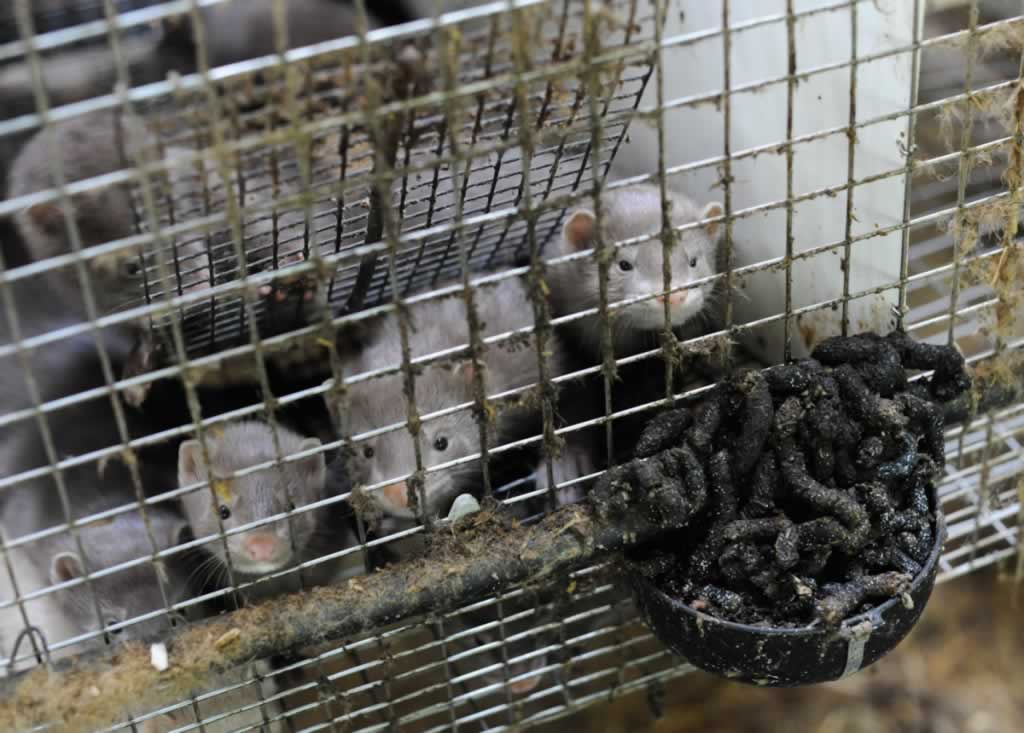In reference to: https://hbr.org/2017/10/how-our-company-connected-our-strategy-to-sustainability-goals
On the Harvard Business Review, Michael W. Lamach, CEO of Ingersoll Rand, discusses in his post his company, Ingersoll Rand, and its success in working towards long-term sustainability.
Ingersoll Rand is a diversified, global company whose products and services are geared towards customers in “global commercial, industrial and residential markets”. It’s efforts in sustainability are mainly focused on climate change.
What I found most interesting about this post was that Lamach didn’t focus on the technical side of sustainability. He focused on the main driving force of a company that would ultimately play the biggest role in sustainability: the employees. The following are main suggestions mentioned throughout Lamach’s post:
Make your goals personal.
Employee engagement scores for Ingersoll and Rand are top ranking. This can be attributed to the company’s involvement in providing more green services to the public. I believe this is a crucial aspect of business. Knowing you are working towards a greater good is both rewarding and motivating, leading to an overall more productive and sustainable company. This sense of purpose empowers employees and allows companies to reach their goals.
In 2016, the United Nations created 17 goals, aimed at tackling poverty, protecting the planet, and ensuring global peace and prosperity, known as the “Sustainable Development Goals”. Ingersoll Rand took action and aligned itself with 11 of these goals, proving its efforts are contributing to large-scale, positive change. In 2016, the company’s Green Teams saw great importance in these goals and succeeded in “diverting 2.4 million pounds of waste from landfills and saving more than 2.2 million gallons of water”.
“Track, measure, and recognize.”
This applies to both the company level and the global level. For example, Ingersoll measures its environmental impact with greenhouse gas calculators that track product-related emissions. Several teams are responsible for collecting and analyzing the data then sharing the results. I believe that tracking progress is key for a company when sticking to its big goals. Being able to visualize and see changes happening in both your company and its global effects is what will motivate employees to continue their efforts towards achieving sustainability. Lamach also makes it clear that recognizing the employees that work through these processes is equally as important as the processes themselves in terms of a company’s success.
“Be bold.”
Lamach’s final suggestion for incorporating sustainability into your business is to “be bold”. I think a good idea would be to create a BHAG for your company; to have a clear, main focus that employees can understand and take to heart. BHAGs are great for encouraging progress, and that is exactly what a company needs when beginning its journey to a more sustainable future.
word count: 440



